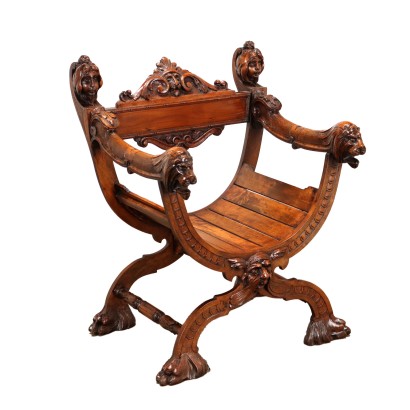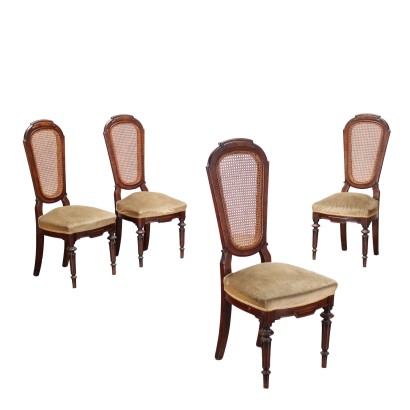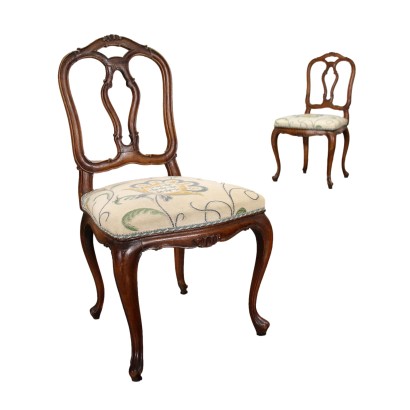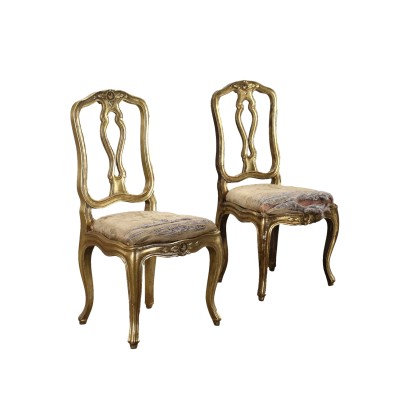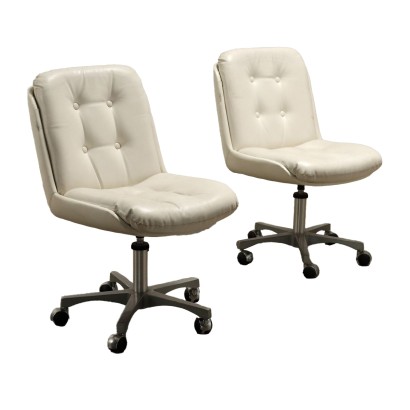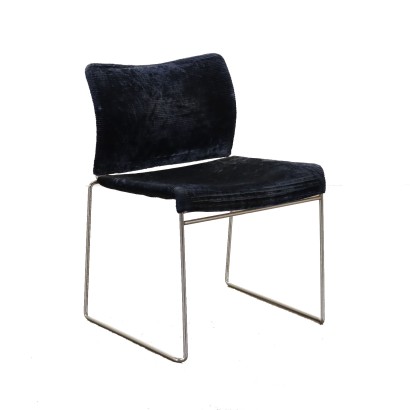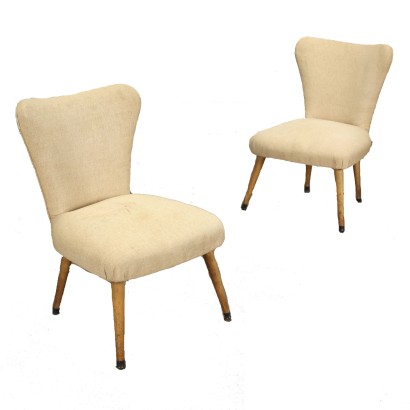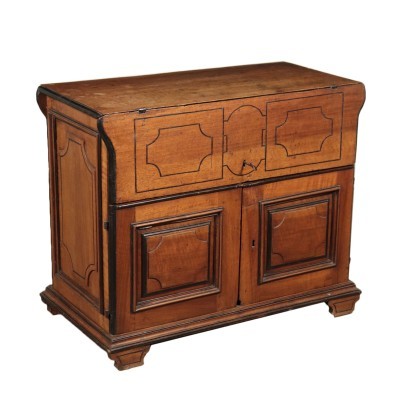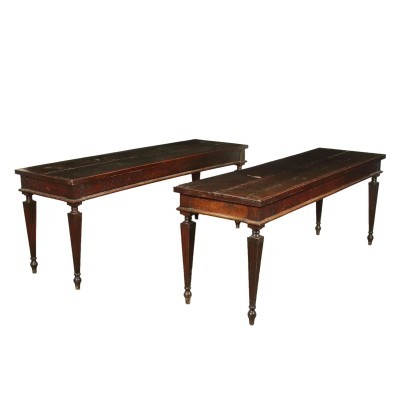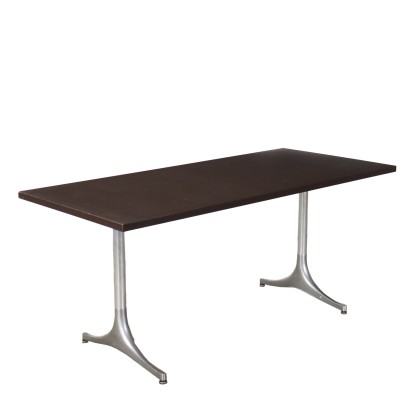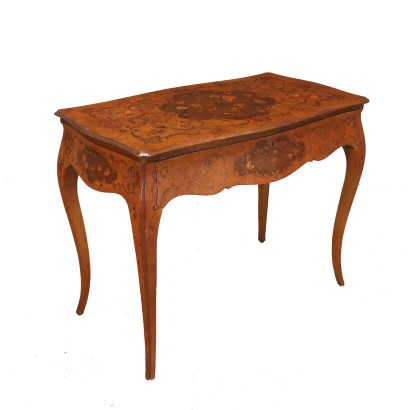Neo-Renaissance Style Chair Beech Italy XX Century - Italy Early 20th century
Features
Italy Early 20th century
Style: Neo-Renaissance Revival
Age: 20th Century / 1901 - 2000
Origin: Italy
Main essence: Beech
Material: Carved Wood
Description
Neo-Renaissance style "Savonarola" chair in beech wood, Italy, early 20th century. Semicircular "barrel" seat with strips, turned and carved crosspieces. Richly carved, it has a pair of anthropomorphic faces at the top of the uprights and lion heads at the ends of the armrests.
Product Condition:
Product that due to age and wear may require restoration and resumption of polishing.
Dimensions (cm):
Height: 93
Width: 75
Depth: 70
Seat height: 37
Additional Information
Style: Neo-Renaissance Revival
Stylistic revival, from the 1900s, of the forms typical of the Renaissance style.This is a style that re-proposes, looking at the grandeur of the past, decorative motifs and decorations typical of the 1500s.
Mascheroni, cornices, columns carved with herms that make up typical architectural structures of Renaissance palaces, are the elements that characterize the Neo-Renaissance style.
These elements will remain in the production of furniture until the early 1900s, contaminating themselves with floral elements.
Find out more about the Neo-Renaissance with our insights:
A Milanese library between the Belle Epoque and Fascism



